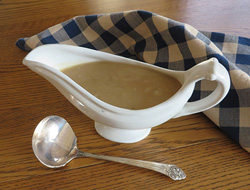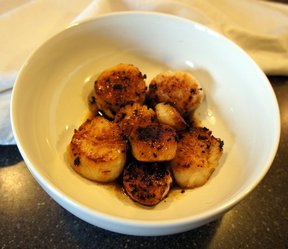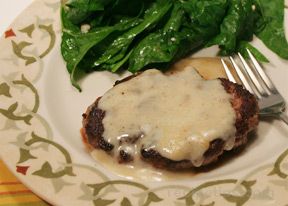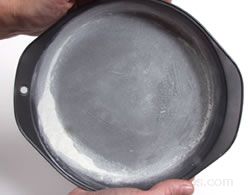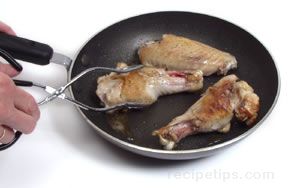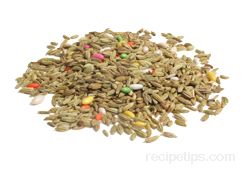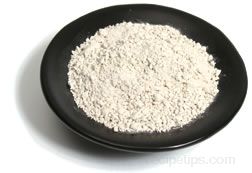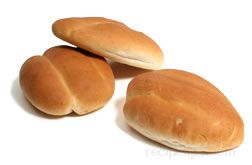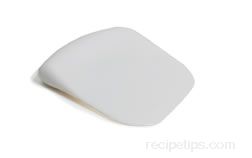Similar Content to: Tube Pan
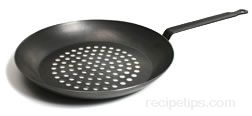
When roasted, chestnuts are eaten whole or sliced and added to salads, vegetable dishes and main dishes. Prior to roasting, a kitchen knife, chestnut knife or scoring and slitting tool should be used to score and cut the shell with a straight slit or an "X" slit where it looks like the shell bulges outward. This will allow steam to be released rather than building up and exploding the shell as it roasts. Place the nuts in a grill pan or chestnut pan and sprinkle a small amount of water over the shells. If oven roasting, place the nuts in a roasting pan and roast at a temperature of 400 to 425 degrees for 20 to 30 minutes. If roasting on the stovetop or over coals, place the nuts in a chestnut pan containing open holes and use a low to medium heat setting if on a stovetop or place the pan approximately 6 inches above the heat if using coals. It is often suggested that the pan be covered, depending on the amount of heat applied to the roasting, but it may be a matter of preference depending on the procedure. When prepared over a stovetop or coals, heat for 10 to 20 minutes shaking the nuts occasionally to disperse the heat evenly, making sure that the chestnuts don't burn. When finished roasting, allow the nuts to cool either openly or in an old towel. If wrapped in a towel, the protection of the cloth can be used to apply pressure to the shell so it cracks while the nut is hot. If necessary for removing the shell or if cooled without a towel, the nut can also be removed from the shell by making a single score/cut fully around the middle of the shell. Although the nut may stick to the skin, the heat should have adequately separated the skin from the shell to remove the nut easily.




